Helfrich, Conrad Emil Lambert, born 11-10-1886 in Semarang, 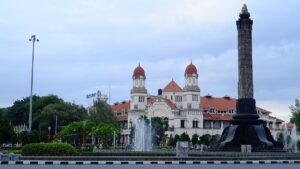 in the Dutch East Indies to Alexander Josef Helfrich, a medical officer in the Royal Netherlands East Indies Army, and Marie Anna Lambertina, born Steijns, Conrad attended a three-year secondary school (HBS) in the Dutch East Indies and left for the Netherlands in 1903, at the age of seventeen, to train as a naval officer at the Royal Netherlands East Indies Institute (KIM).
in the Dutch East Indies to Alexander Josef Helfrich, a medical officer in the Royal Netherlands East Indies Army, and Marie Anna Lambertina, born Steijns, Conrad attended a three-year secondary school (HBS) in the Dutch East Indies and left for the Netherlands in 1903, at the age of seventeen, to train as a naval officer at the Royal Netherlands East Indies Institute (KIM). 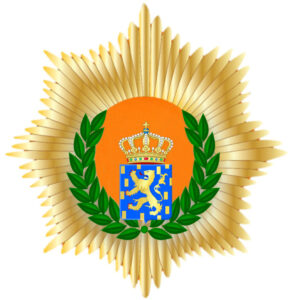
In 1907, Helfrich was sworn in as an officer in the Royal Netherlands Navy. ![]() In 1908, Helfrich returned to the Dutch East Indies, where he participated in the Bali expeditions.
In 1908, Helfrich returned to the Dutch East Indies, where he participated in the Bali expeditions. 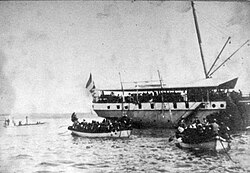
 The Dutch conquest of Klungkung, Bali in 1908 marked the final phase of Dutch colonial control over the island of Bali in Indonesia. It was the seventh and last military action in Bali, following the so-called Dutch intervention in Bali (1906).
The Dutch conquest of Klungkung, Bali in 1908 marked the final phase of Dutch colonial control over the island of Bali in Indonesia. It was the seventh and last military action in Bali, following the so-called Dutch intervention in Bali (1906).
Before the First World War, he returned to the Netherlands, where he held various staff positions. For example, from 1919 to 1922, he was attached to the Naval Staff in The Hague, where he contributed to the drafting of a new fleet plan for the Dutch East Indies. From 1922 to 1924, he studied at the Higher Naval War College, after which he was appointed as a lecturer at that same institution. In 1928, he returned to the Dutch East Indies as commander of a destroyer, and in the following years, he held various positions in the Dutch East Indies. In 1938 and 1939, he was then director of the Higher Naval War College in the Netherlands. After this he left again for the Dutch East Indies to serve as Commander of the Naval Forces in the Dutch East Indies, having been promoted to Rear Admiral.
World War II broke out in the Netherlands on May 10, 1940, 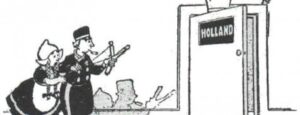 and after five days of fighting, the Netherlands was forced to surrender to the Germans. The Dutch East Indies remained spared the violence of war for the time being. On 31-08-1940, Helfrich, as Commander of the Naval Forces in the Dutch East Indies, was promoted to Vice Admiral. The abandonment of Dutch neutrality after the German invasion made war with Japan inevitable, and Helfrich was preoccupied with preparations for the battle. Since the plans for a strong fleet in the Dutch East Indies had been shelved by the outbreak of World War II, Helfrich developed a different tactic: the navy would inflict damage on the enemy through rapid, small-scale operations, particularly by submarines.
and after five days of fighting, the Netherlands was forced to surrender to the Germans. The Dutch East Indies remained spared the violence of war for the time being. On 31-08-1940, Helfrich, as Commander of the Naval Forces in the Dutch East Indies, was promoted to Vice Admiral. The abandonment of Dutch neutrality after the German invasion made war with Japan inevitable, and Helfrich was preoccupied with preparations for the battle. Since the plans for a strong fleet in the Dutch East Indies had been shelved by the outbreak of World War II, Helfrich developed a different tactic: the navy would inflict damage on the enemy through rapid, small-scale operations, particularly by submarines.
In 1941, a cooperative effort between the American, British, Australian, and Dutch forces in the Pacific, the American-British-Dutch-Australian Command (ABDACOM),  was established. To his disappointment, Helfrich was passed over as commander of the naval component: that position went to the American Admiral Thomas Charles “Tommy” Hart.
was established. To his disappointment, Helfrich was passed over as commander of the naval component: that position went to the American Admiral Thomas Charles “Tommy” Hart. 
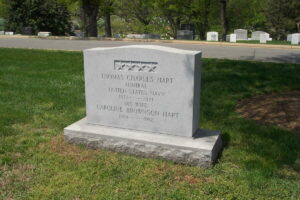
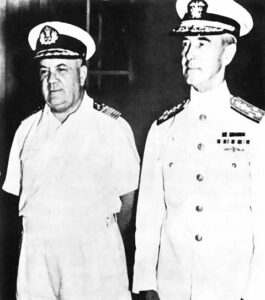 On 10-01-1942, the Japanese invaded the Dutch East Indies, and Helfrich led the naval operations against them. Due to the successes achieved by the Dutch submarines against the Japanese, Helfrich was soon nicknamed “ship-a-day Helfrich” by the Americans. On 14-02-1942, Helfrich succeeded Admiral Hart as naval commander of ABDACOM. Helfrich formed a Combined Striking Force to engage the Japanese, but this fleet was defeated in the Battle of the Java Sea,
On 10-01-1942, the Japanese invaded the Dutch East Indies, and Helfrich led the naval operations against them. Due to the successes achieved by the Dutch submarines against the Japanese, Helfrich was soon nicknamed “ship-a-day Helfrich” by the Americans. On 14-02-1942, Helfrich succeeded Admiral Hart as naval commander of ABDACOM. Helfrich formed a Combined Striking Force to engage the Japanese, but this fleet was defeated in the Battle of the Java Sea, 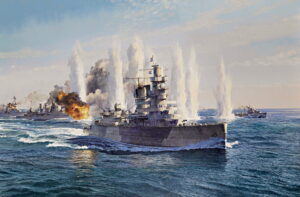 and its commander, the Dutch Rear Admiral Karel Willem Frederik Marie Doorman,
and its commander, the Dutch Rear Admiral Karel Willem Frederik Marie Doorman, 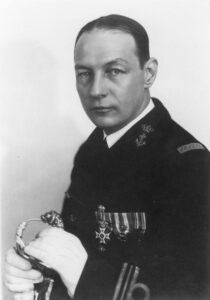 was killed, age 52. Doorman was killed in action when his ship HNLMS De Ruyter
was killed, age 52. Doorman was killed in action when his ship HNLMS De Ruyter 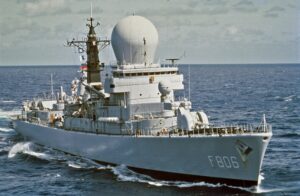 was sunk in the Battle of the Java Sea.
was sunk in the Battle of the Java Sea.
On 02-03-1942, Helfrich evacuated his staff to Colombo, Ceylon, where he was appointed Commander of the Forces in the East (BSO). Since the Dutch forces in the Dutch East Indies had been defeated and forced to capitulate to the Japanese, this was essentially no more than an administrative position, preventing him from leading operations against the enemy. This frustrated Helfrich enormously. He also clashed several times with Minister Hubertus van Mook, 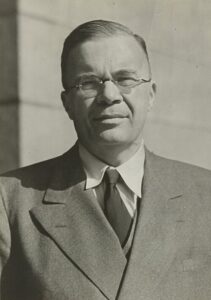 who was preparing a post-war administrative apparatus for the Dutch East Indies, whose officials were largely recruited from the Dutch Armed Forces. Helfrich believed that these preparations for a post-war Dutch East Indies were detrimental to the war effort.
who was preparing a post-war administrative apparatus for the Dutch East Indies, whose officials were largely recruited from the Dutch Armed Forces. Helfrich believed that these preparations for a post-war Dutch East Indies were detrimental to the war effort.
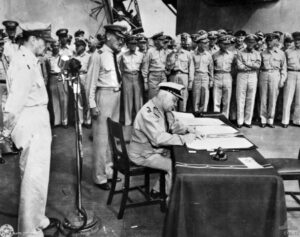 Helfrich signs the surrender of Japan on behalf of the Dutch government aboard USS Missouri
Helfrich signs the surrender of Japan on behalf of the Dutch government aboard USS Missouri
Immediately after the end of World War II, Helfrich was appointed Commander of the Naval Forces (BDZ) on 25-08-1945. On that occasion, he was promoted to Lieutenant Admiral.
Helfrich returned to the Dutch East Indies on 01-10-1945, where he commanded the Dutch armed forces in the Dutch East Indies until 24-01-1946. On that date, the position of Commander of the Armed Forces in the East was abolished. During this period, Helfrich was involved in the Indonesian struggle for freedom. He strongly opposed reaching a compromise with the Indonisian president Sukarno 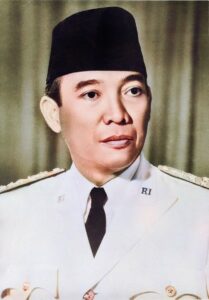
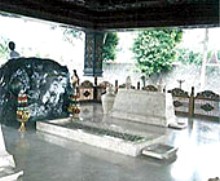 and his associates. Sukarno born as Koesno Sosrodihardjo (Surabaya, 06-06-1901 – Jakarta, 21-06-1970). After the signing of the Linggadjati Agreement on 15–12-1946, he and Chief of General Staff Hendrik Johan Kruls
and his associates. Sukarno born as Koesno Sosrodihardjo (Surabaya, 06-06-1901 – Jakarta, 21-06-1970). After the signing of the Linggadjati Agreement on 15–12-1946, he and Chief of General Staff Hendrik Johan Kruls 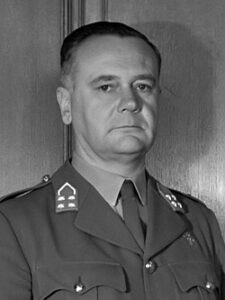 protested this to Prime Minister Louis Beel,
protested this to Prime Minister Louis Beel, 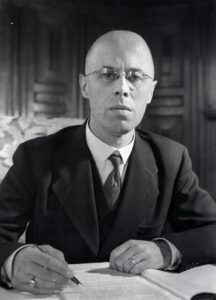 but to no avail.
but to no avail.
In 1947, former Prime Minister Pieter Sjoerds Gerbrandy 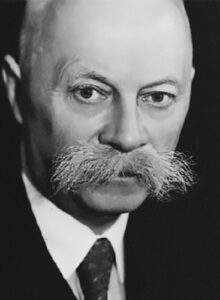
 reportedly discussed a coup d’état in private, for which he could count on Helfrich’s support.
reportedly discussed a coup d’état in private, for which he could count on Helfrich’s support.
Death and burial ground of Helfrich, Conrad Emil Lambert.
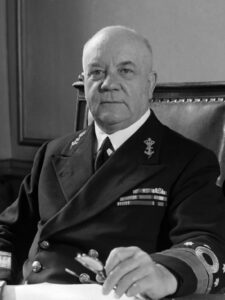

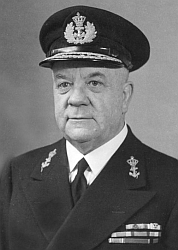
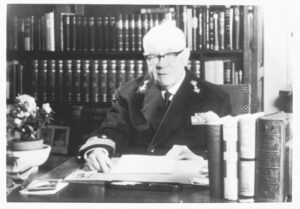
Helfrich remained Commander of the Royal Netherlands Navy until 01-10-1948, and was instrumental in the post-war reconstruction of the Royal Netherlands Navy. He retired on 01-10-1948. In 1950, he published his memoirs in two volumes: The Malay Barrier and Glory and Tragedy. He died in The Hague on 10-09-1962, age 75. Helfrich’s body was cremated and the ashes went to the family. In many cities, streets are named after Helfrich, including The Hague, Wassenaar, Venray and Utrecht.
For his services during the Second World War, Helfrich received several honors. He was appointed Commander of the Order of Orange-Nassau with Swords, ![]() Knight Grand Cross of the Order of the Netherlands Lion,
Knight Grand Cross of the Order of the Netherlands Lion, ![]() Knight Commander of the Order of the Bath (Great Britain),
Knight Commander of the Order of the Bath (Great Britain), 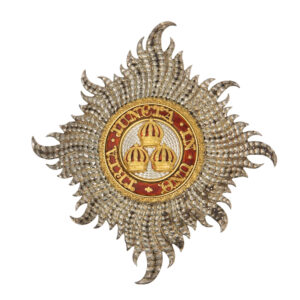 and recipient of the Silver Cross (5th Class) Virtuti Militari (Poland).
and recipient of the Silver Cross (5th Class) Virtuti Militari (Poland). 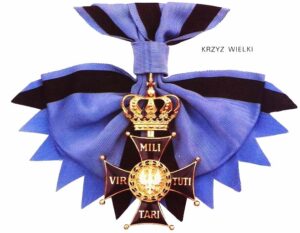 He also received the Decoration of Honor for Important Military Operations with the clasp for the Lesser Sunda Islands 1905-1909.
He also received the Decoration of Honor for Important Military Operations with the clasp for the Lesser Sunda Islands 1905-1909. ![]() In many cities, in the Netherlands, streets are named after Helfrich, including The Hague, Wassenaar, Venray and Utrecht.
In many cities, in the Netherlands, streets are named after Helfrich, including The Hague, Wassenaar, Venray and Utrecht.

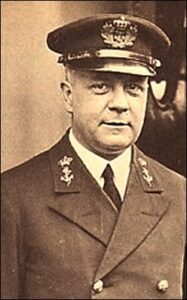
Message(s), tips or interesting graves for the webmaster: robhopmans@outlook.com





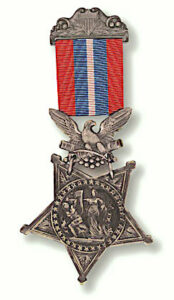
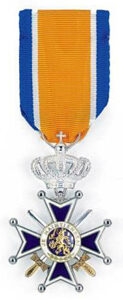
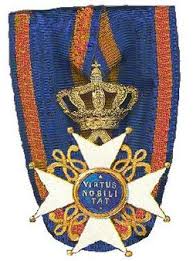
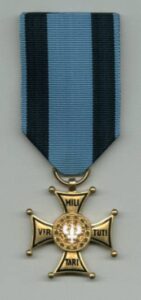

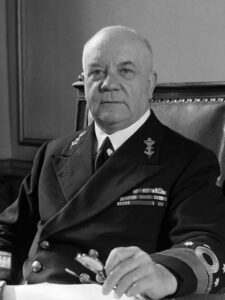





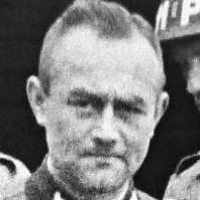



Leave a Reply